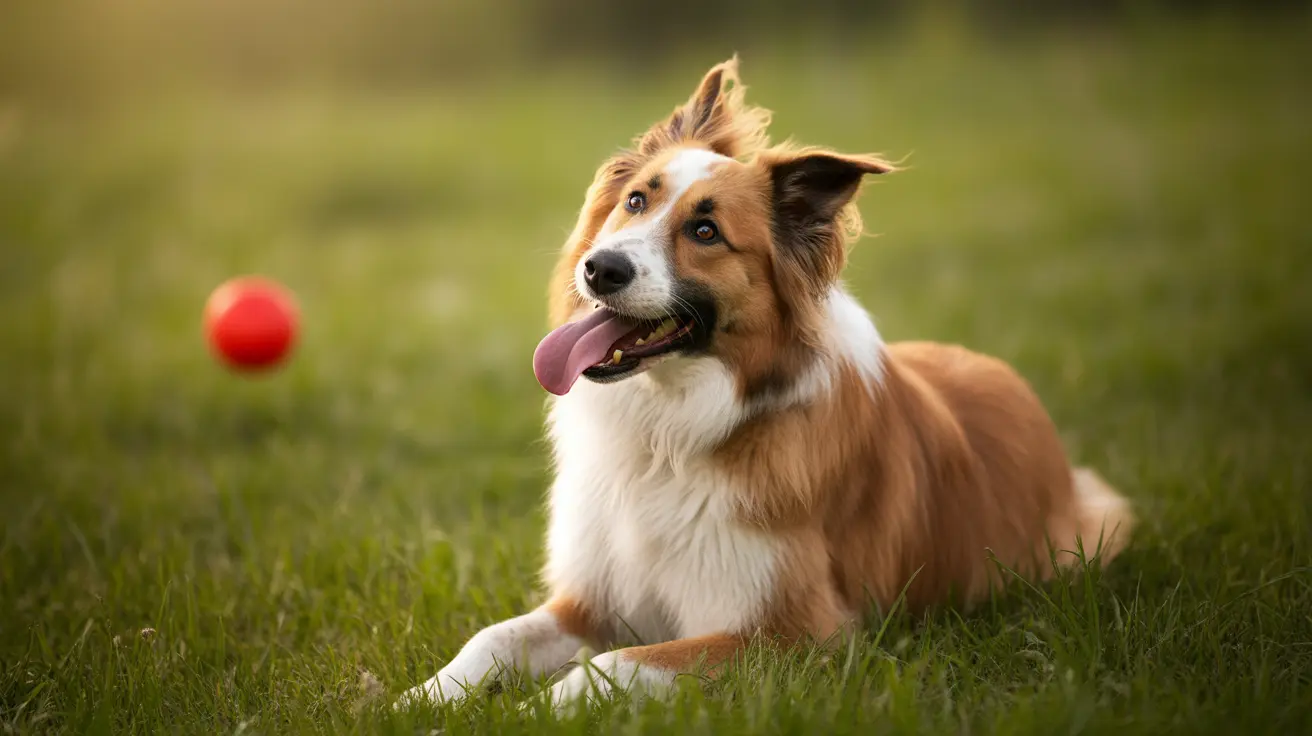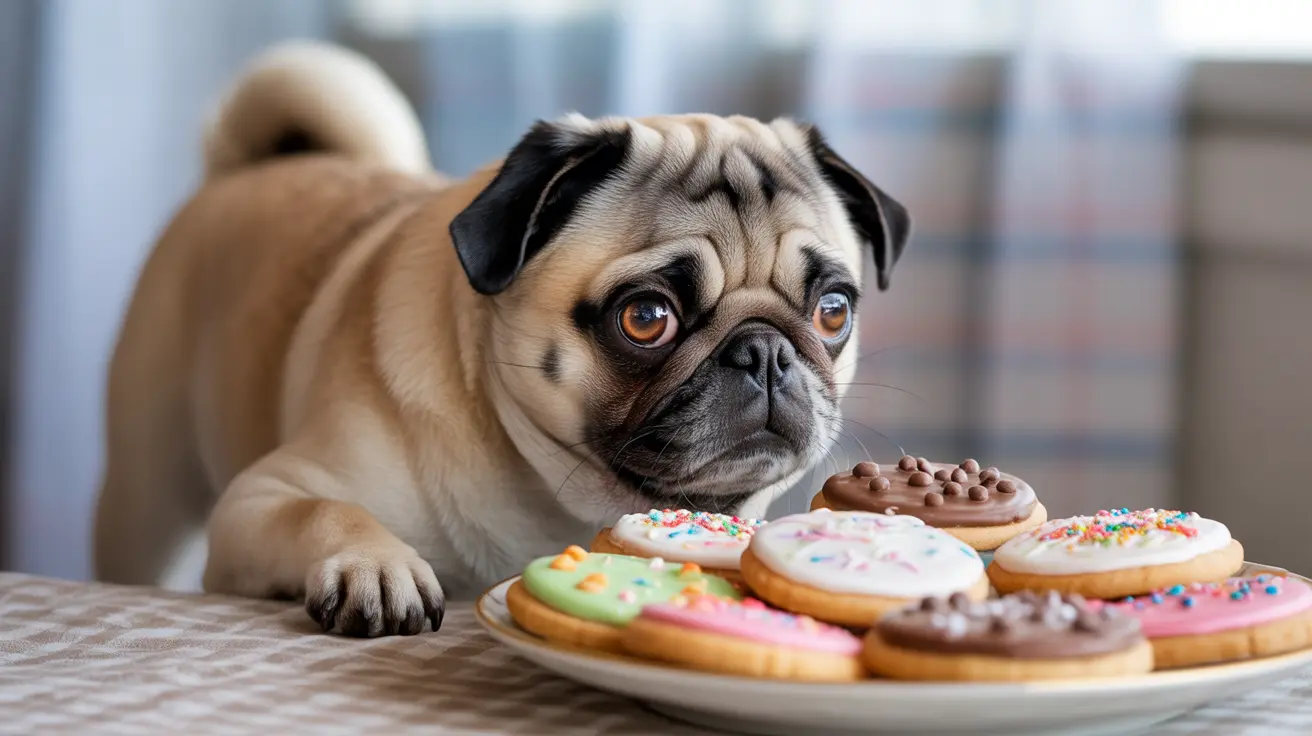How Vets and Pet Experts Remove Urine Odors Effectively
Pet accidents in the home can be frustrating, especially when lingering urine smells and unsightly stains become persistent issues. Understanding how professionals, such as veterinarians and expert cleaners, address these problems is key to keeping your home fresh and clean. The cornerstone of odor removal is not just covering up the scent but tackling the root cause—the biological compounds in pet urine.
Why Urine Smells Linger
Pet urine is composed of organic materials, including urea, uric acid, ammonia compounds, and pheromones. These proteins and chemical markers are what create lasting odors and signals to animals to return to the same spot for future relief. If not cleaned promptly and thoroughly, the urine penetrates surfaces like carpet, wood, and fabric, making the smell linger and hard to remove with regular cleaning methods.
The Professional Approach to Urine Odor Removal
- Enzymatic Cleaners: Vets and professionals rely on enzymatic cleaners because these products contain natural enzymes that break down urine proteins at a molecular level. This not only dissolves stains but also eliminates pheromones that attract pets back to the same area.
- DIY Solutions: For new or mild stains, a 1:1 solution of vinegar and water helps neutralize the ammonia smell. When followed by baking soda, which absorbs odors, it’s an effective cost-friendly strategy. Combining hydrogen peroxide with baking soda and dish soap works on older stains, but always test on fabrics before applying broadly.
- Hydrogen Peroxide-Based Mixes: For tough or old stains, a diluted hydrogen peroxide mixture enhances cleaning power. A common formula includes 1 part hydrogen peroxide to 2 parts vinegar-water. This combo helps neutralize and sanitize but should be used with caution to prevent fabric discoloration.
- Wet-Dry Vacuums: For larger or more saturated spots, such as on carpets or upholstery, using a wet/dry vacuum can extract more urine from deep within the fibers than paper towels alone.
- Avoid Steam Cleaning: One important tip vets share is to avoid using steam cleaners on urine stains. The heat can cause proteins to bond with carpet fibers, setting the stain and odor permanently.
Specific Surface Treatments
- Carpets and Upholstery: First, blot with absorbent towels. Then apply an enzymatic cleaner generously and let it sit for at least 15 minutes before blotting dry. For persistent issues, professionals may enhance the process with specialized tools or extractors.
- Hardwood and Tile Floors: Time is crucial. Blot immediately to prevent seepage into seams or subfloors. A suitable enzymatic floor cleaner is recommended for a deep clean. For hardwood, dry thoroughly to avoid warping, and in severe cases, sanding may be necessary.
- Laundry Safe Items: Wash dog beds, blankets, or cushions using a regular detergent plus an enzymatic laundry booster. An extra rinse cycle helps fully remove residues.
- Grout and Porous Surfaces: Apply either vinegar or enzymatic cleaner and let it rest before scrubbing; rinse thoroughly. These surfaces can hold smells longer, so multiple treatments may be needed.
- Mats, Sofas, and Mattresses: Check care tags for safe cleaning instructions. Blot, apply an enzymatic cleaner, and use a wet/dry vac if needed. Always test cleaners on a hidden area first.
Preventing Repeat Soiling
It’s not enough to remove existing stains; you must prevent recurrence. Here’s how:
- Use Blacklights: To detect hidden or old urine spots that the naked eye can’t see.
- Prompt Cleanup: Always clean accidents thoroughly and quickly to remove all odor traces.
- Training: Consistent potty training, routine breaks, and positive reinforcement help reduce accidents. For older pets or those with sudden issues, consult your veterinarian to check for underlying health problems.
- Monitoring and Pee Pads: In some cases, especially with aging or untrained pets, strategically placed pee pads and monitoring tools (cameras, incident logs) are useful for behavior management.
Additional Tips from Vets
- Never mix vinegar with bleach, as this can create toxic fumes.
- Always ventilate the area when using strong cleaners.
- Some commercial eliminators contain orange oil or natural scents for freshness, but ensure they are non-toxic and suitable for pets.
- Consider professional carpet or floor cleaning if odors persist despite your efforts.
Conclusion
Vets and pet experts consistently recommend enzymatic cleaners as the primary solution for removing urine stains and smells. When paired with prompt action, thorough blotting, and appropriate surface-specific methods, these solutions not only clean but also help prevent future marking. Maintaining a pet-friendly but odor-free home is entirely possible with the right tools, knowledge, and patience.





